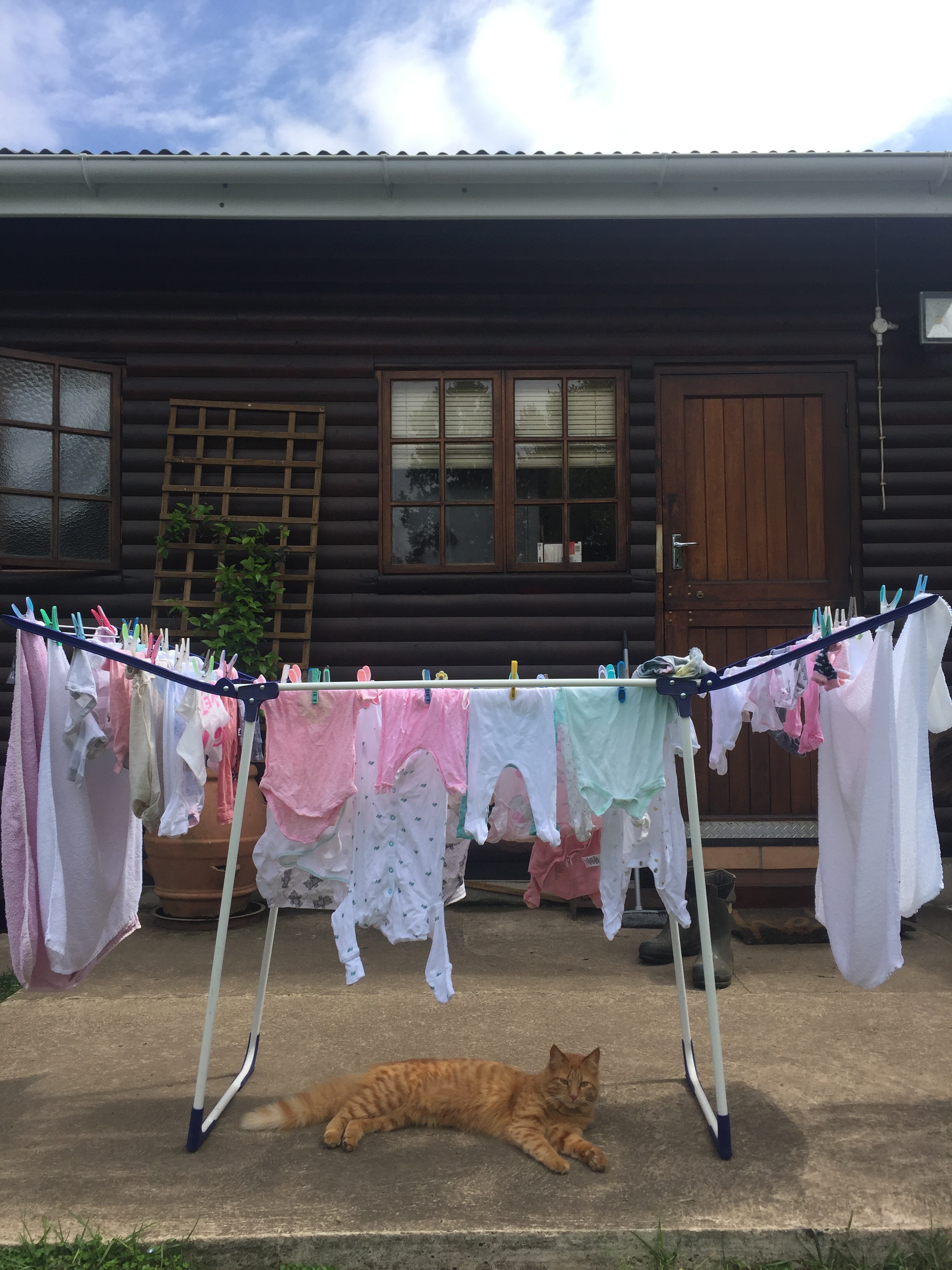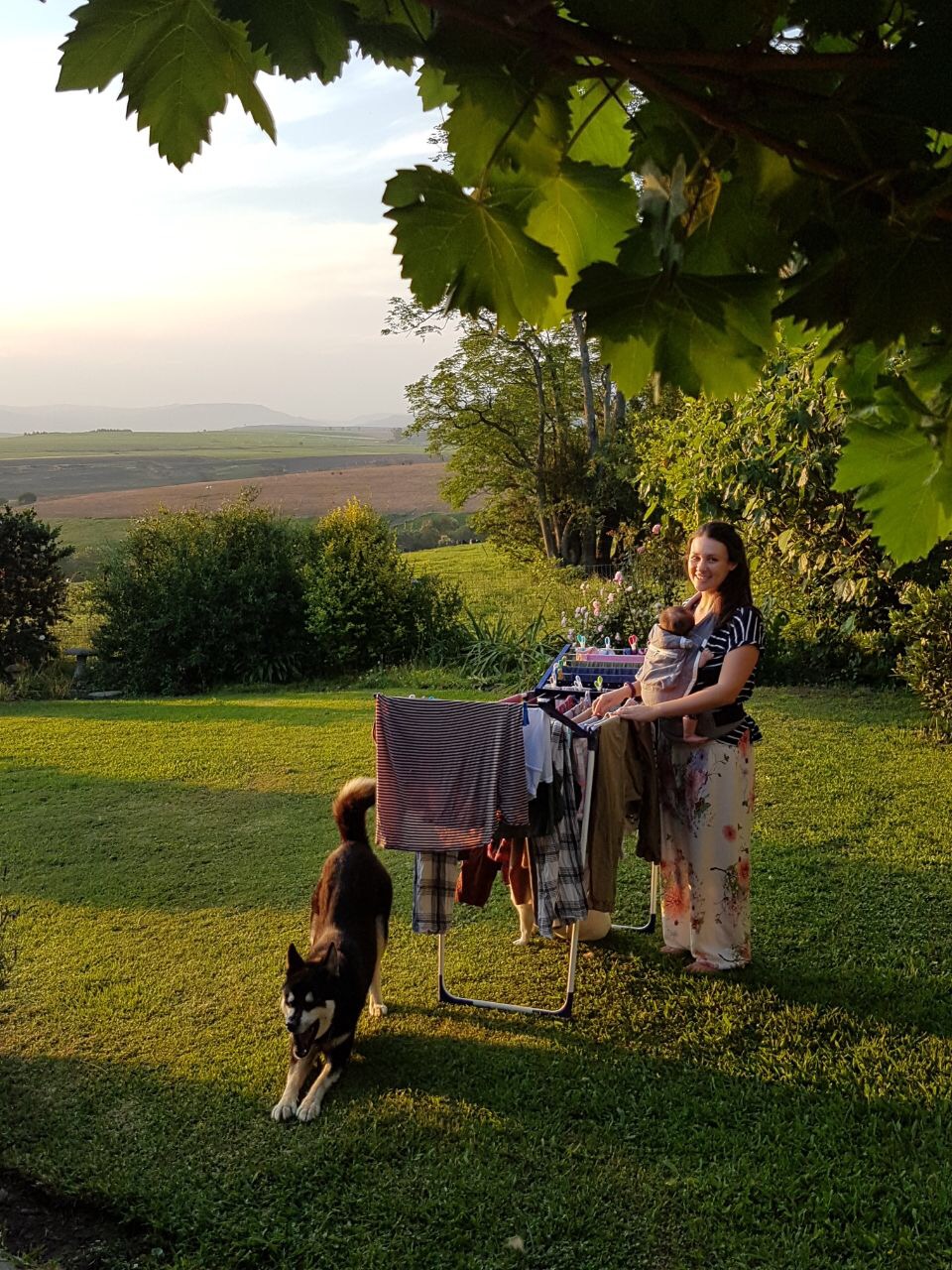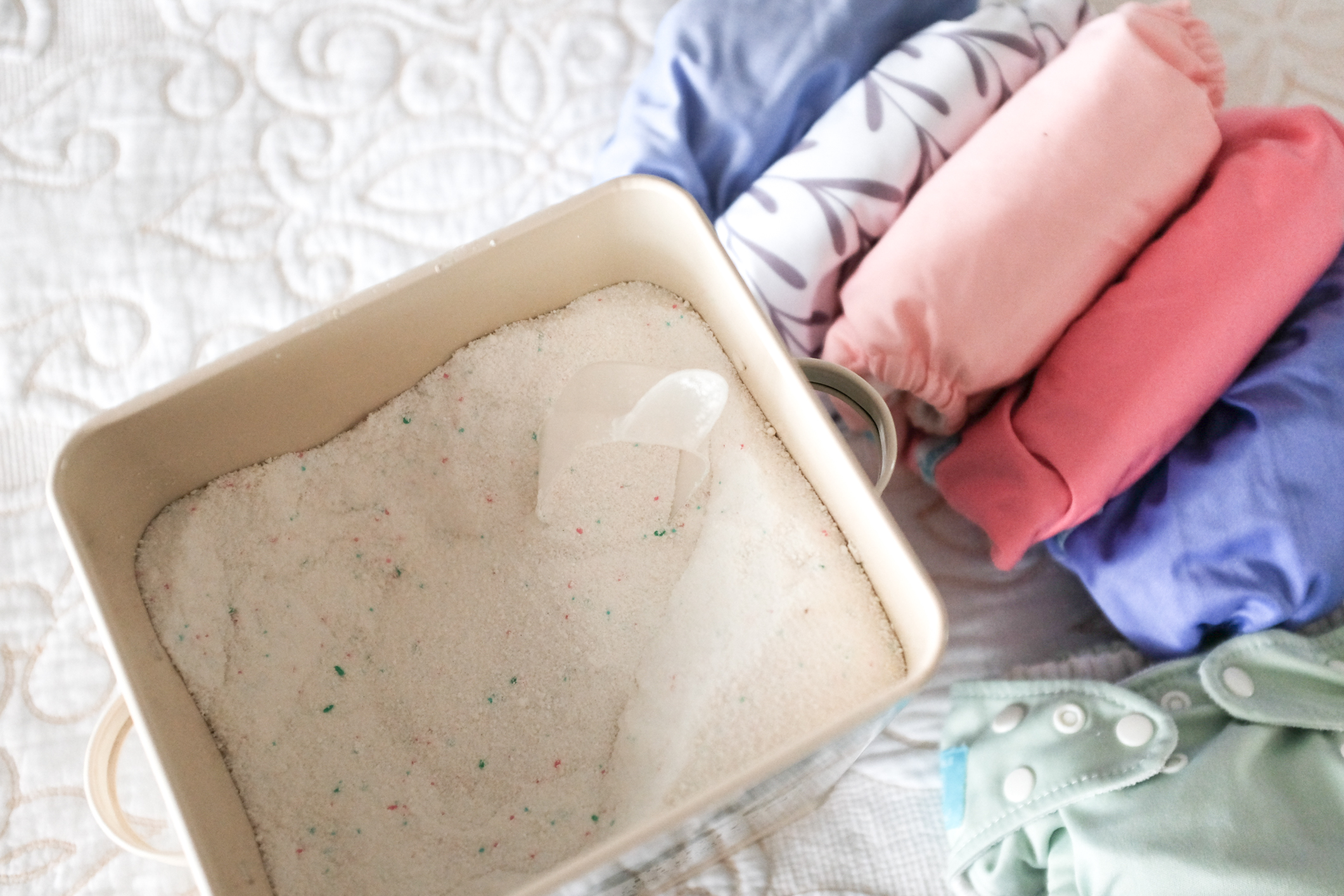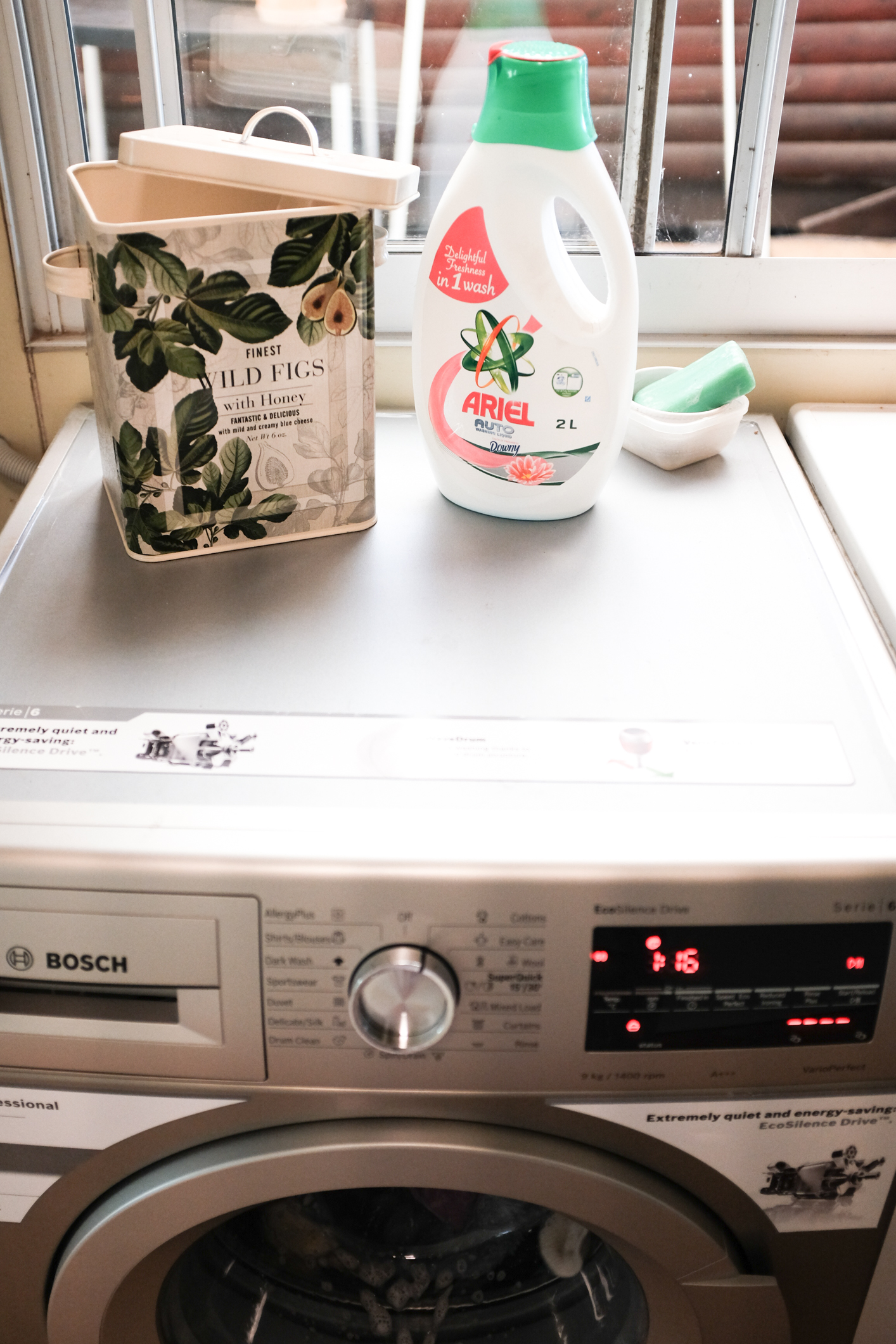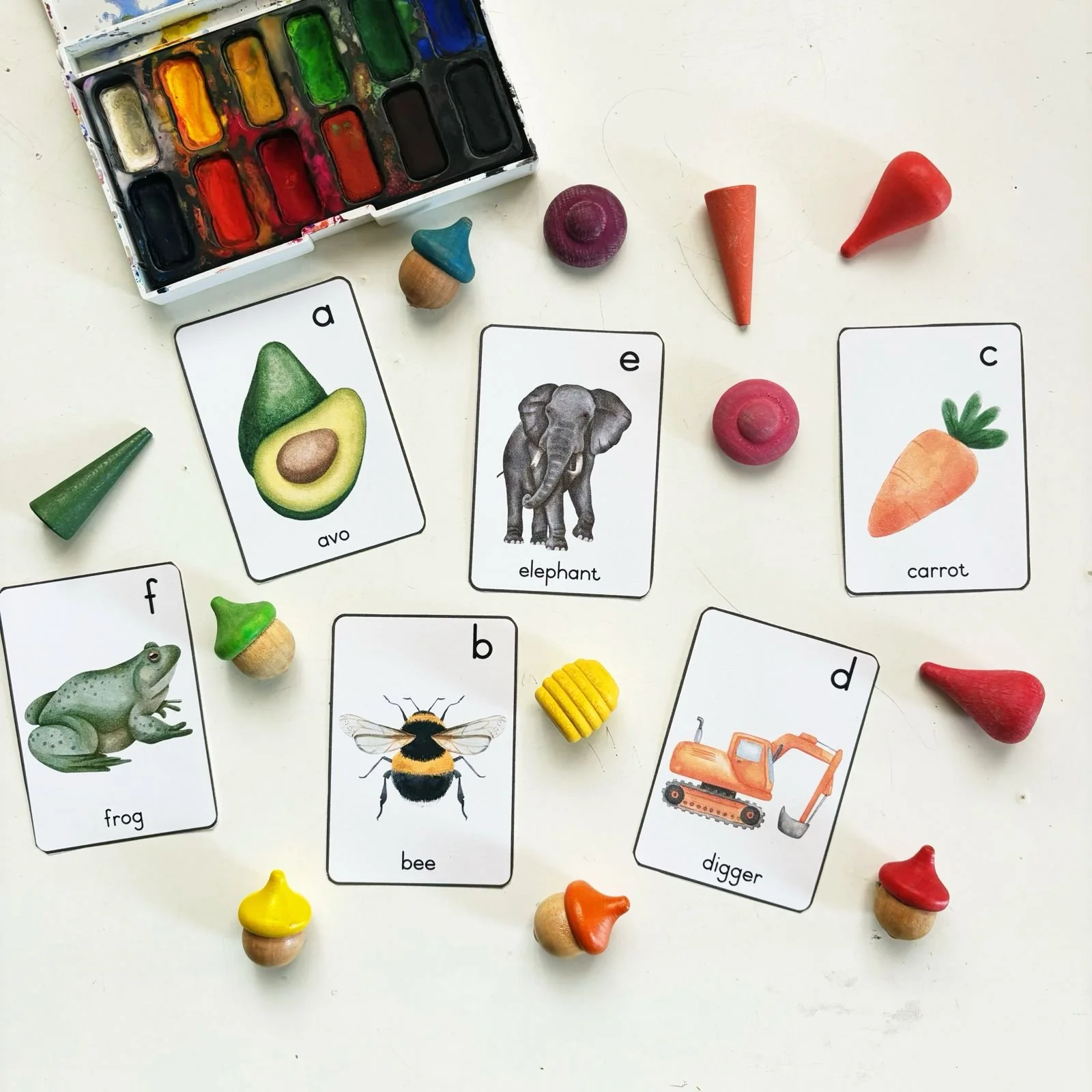My Cloth Nappy Wash Routine - A How to Guide to Washing Cloth Nappies
/I think 'the washing' is one of the biggest things that puts people off even trying out cloth nappies. I know when I first heard about cloth nappies, my first thought was 'you want me to willingly put poo into my washing machine?!' I really thought the process would be difficult, or time consuming, or just plain old gross...but the reality is, it really just takes an extra 5 minutes of your day once you get into a god routine.
Please do bear in mind that it does take a bit of time to figure out what works best for you and your cloth. Your routine will depend on your water (we have hard boerhole water here on the farm), the kind of nappies you have (I have a good mix of flats & covers, pockets and snap in ones), and the type of machine & detergent you use. The South African Cloth Nappy Facebook group is a wonderful place to troubleshoot and ask for advice.
And for my Cape Town friends, I have loads and loads of water saving tips that are allowing moms to carry on using their cloth, even in the current water crisis.
Make sure you keep reading to find out more!
The basics of washing cloth nappies:
(I'll post my routine down below too)
If you are exclusively breastfeeding your baby (ie you aren't feeding formula or solids) then you baby's poo is water-soluble and the poo nappies can go straight into the machine without needing a rinse. This is a personal preference...you may want to rinse them all before hand, as I do now. Although, I didn't for the first four months or so. This first rinse can be done in your machine, or in a bucket/bath before you put them in the machine. Once you start solids (or are feeding formula) you need to rinse the poo nappies to make sure your washing machine doesn't get clogged.
Once babies are bigger and eating solids, you can use install a Bidet sprayer/use the shower head on your bath (or even a garden spray bottle) to remove most of the poo before washing. Alternatively, use liners** (flushable/disposable/fleece liners) to catch most of the grossness before rinsing or putting into the machine
You need to use a loooonnnnng cycle (so there is lots of agitation i.e. the nappies get rubbed against each other long enough to get thoroughly clean). This is usually the cotton cycle on your washing machine. FYI just because the cycle is long, doesn't mean it uses up more water than the other cycles in your machine.
Temperature: Most nappies are safe at 40 Celsius, but make sure to check with the brand/seller before hand. Some nappies can be washed at a higher temperature. I have been washing all of mine at 40C and haven't had any problems. A few loads have even gone through a 60C cycle a few times by accident and all survived.
Washing machine should be 3/4 full (you can bulk up a load with towels...even dedicating a particular set of old towels as your nappy towels)
No softener should ever be used (this includes washing powders that are '2in1')
All Washing Powder/Detergent without softeners are safe to use with cloth (always follow the recommended dosage...a good tip is to follow the amount suggested for 'heavily soiled'). I use Ariel powder, and use Ariel liquid for our clothes and towels.
Technically, it's recommended to do a wash and 2 rinses: ie a pre-rinse in the machine, then a long wash cycle, and then a final rinse. See my routine below for how I've adapted this slightly.
I have started tumble-drying my nappies (on low heat) and found this just makes my life SO much easier. And the nappies come out super soft (in the case of my hemp flats and cotton/bamboo fitteds). Most people I have spoken to warned against tumble drying nappies as they said extensive heat could damage the natural fibres (ie the hemp/bamboo). If you have pockets, these generally dry very quickly and you wouldn't need to tumble dry.
How often should you wash your nappies?
I wash every day. Why?**
Because I don't have a HUGE stash of nappies,
I don't like dirty nappies sticking around
I love doing laundry...haha call me crazy!) but you can wash as often as you like. Most moms I know wash every 2 - 3 days.
**Everly is now using less nappies than she was when I first wrote this post, and now I wash every second day. Although since having Aaron (I actually do the odd wash every day when he has gone through loads more nappies than usual).
Bear in mind drying time. Hemp nappies take a lot longer to dry than microfibre or cotton.
If you live in a humid area, your nappies will probably take longer to dry. This is also a big reason I chose to use flats and covers for the first few months. They dry SUPER fast. Some nappies can be popped in the tumble dryer to speed up the drying process (just make sure to read your labels/ask the seller about tumble driers). Also note that nappies with a plastic/waterproof cover & covers shouldn't be exposed to the sun. These can either be dried in the shade (most covers dry within an hour or so) or turned inside out so the PVC (plastic part) is not exposed to the sun.
What about those horrid stains?
You won't even believe it, but the majority of nappy stains will disappear in the sun! For any stubborn stains that aren't removed by the sun, you can rub them with a green sunlight bar before washing (the sunlight soap bars are cloth safe) or rub after washing and pop into the machine again. I've yet to need to do this, as the magic of the sun has taken care of all my stains so far (it is particularly effective for breastmilk stains...so pop your damp burp cloths into the sun for instant whitening & bleaching!).
Here's some proof:
If you've still got stains, then a good rub with the green sunlight bar, and popping the item back in the machine should take care it.
My wash routine:
Up until 5 months (i.e. before I started solids), this was my routine for Everly's nappies:
I'd wash every morning:
1. Off the bum & into the nappy bin:
All nappies go straight into the nappy bin till the next morning (will do a blog post on what I use for a nappy bin soon).
2. Quick Rinse:
After her first morning nappy change, I put all the dirty nappies straight into a bucket of hot water for a quick rinse (this is especially important for night nappies that will be on your baby for longer than the recommended 2-3 hours during the day, as they will be full of wee/ammonia and need a warm rinse to make sure you don't get any stinky nappies...the warm water breaks down the ammonia crystals). You can skip this step and add a pre-rinse to your washing machine cycle. This does use more water so if you're wanting to cut down water usage, a bucket of water works just as well. Some moms rinse their nappies in their baby's bath water. I bath Evy at night and like to wash in the morning so that didn't work for me.
**I have since gone back to doing a quick wash cycle/pre-rinse on the machine, without any detergent, as my pre-rinse. I now only hand rinse night nappies in hot water, and then these also get added to the quick wash cycle with the other nappies.
3. Set Washing Machine:
Cotton cycle on the machine (about 2.5 hours) with an added rinse (40 degrees C with the recommended amount of detergent for a very dirty load). I have done a few 60C washes as pictured below and haven't had any problems. I also wash Evy's burp clothes (I use the old school white towelling nappies...BEST ones are the Glodina Baby towels which you can buy at Baby City...the ones from Pep and even the ones from Woolies aren't nearly as durable). It's also important for your washing machine load to be 3/4 full so that the dirty nappies get enough agitation. I often throw in our towels to bulk up the load. Another idea is to have two or so old towels that you dedicate to your 'nappy load' so you always throw them in your machine with the nappies.
4. Hang nappies up to dry/pop into tumbled dryer
Hang up nappies in the sun to dry(soft fabric side up in the case of pocket nappies & all-in-one's...PVC/plastic side of nappies down). I hang my pail liners (the washable PVC bags I use inside my nappy bin and my covers in the shade as the sun can delaminate them and cause tearing.
I have just found out that it's possible to tumble dry your nappies on low. This works especially well for hemp flats and cotton/bamboo/microfibre inserts. This isn't always recommended by retailers, but if you live somewhere where it takes forever for your nappies to dry (or you just like the feeling of very soft nappies) then it's possible to tumble dry them on low. You can also iron hemp flats to make them nice and soft again, or line dry them and then pop them in the tumble dryer for 10 mins or so on hot.
That's the basic just of washing your cloth nappies. If you're having issues with anything at all, the South African Cloth Nappy Users Facebook Group is amazing! Head on over there and ask the friendly community your questions, there is always someone on hand to help.
A few extra notes:
Stinky nappies? Could be from a variety of reasons ie. an ammonia build up and your washing routine needs to be adjusted or you might need to do a strip (with bleach to 'strip' your nappies of any detergent buildup etc. Don't freak out about the bleach...click here for more info on stripping your nappies.)
Bought some pre-loved nappies? Give them a good hot wash and then strip them (follow the link above to find out more about stripping them)
Hemp & Bamboo nappies need to be 'prepped' before they reach optimal absorption. This usually means they need to be washed 8 - 10 times before they become really absorbent. Instead of wasting water washing them multiple times, simply start using them and keep in mind they might leak a little in the first week or so of use.
Water Saving Tips
Instead of pre-rinsing in machine, rinse in the old bath water or the floor of the shower while you shower (use your feet to stamp on the nappies to really give them a good rinse). You can catch grey water*from the shower by placing buckets in the shower. Alternatively you can transfer your bathwater to buckets. The easiest option is to use the bucket & plunger method (see below) to rinse nappies in grey water. When you are done rinsing your nappies, this water can be reused again to flush your toilets. Alternatively, you can pour the water into your top loader to do a rinse in the machine.
Catch the grey-water from the washing machine outlet and re-use it the toilet/to water your plants/to rinse your next load of nappies
Consider replacing your washing machine if you have an older model. Older models, especially top loaders tend to use a LOT of water to wash. Newer HE models and especially front loaders are much more water friendly. Other options to consider are a twin-tub or Sputnik.
If you are using a nappy sprayer, consider hooking it up to a grey water system. Remember the rubber gloves if you are using the bucket method! Spraying one nappy uses approximately the same amount of water as flushing a toilet.
Hand washing often uses a lot less water than machine washing. Hand washing doesn't have to be difficult either - the bucket and plunger method is very effective and quite straight forward to use. You can do a spin cycle in the machine afterwards to skip wringing out by hand and speed up drying time.
Handwashing - Bucket & Plunger Method
For flats & Covers
Place flats and covers in a bucket of cold water Make sure the flats and covers are completely submerged in water.
Using a plunger, plunge the nappies 50 times to get rid of the urine.
Drain the water and remove the covers.
Fill the bucket with your flats in, with warm water (just enough to cover your nappies).
Add about 100ml Sunlight Gel (you can make this yourself...blog post to come) for about 12-14 flats and plunge 100 times. You can also use your regular powder/hand washing detergent.
Empty the bucket and fill it again with cold water.
Plunge another 50 times to ensure all the soap has been rinsed out.
Drain and wring out our flats.
Shake to get excess water off and hang to dry on the line.
For your covers: Give them a quick wash a little soap/detergent and water, rinse, towel dry and then hang to dry.
*There have been a few queries as to whether grey water (water coming from domestic equipment other than toilets eg washing machines, baths, sinks etc) or black water (water from toilets ie. water that has come into contact with fecal matter) is safe for re-use in gardens. You would need to use 100% biodegradable and ph neutral detergents to make full and proper use of your grey water in your garden. But, reusing the water from your washing machine to flush your toilet would be a very good use of that water. As with most things, use your common sense and do your research if you are very concerned. The main idea here is to try and save as much water as possible, and re-use where you can.
**Please note, although certain brands of liners say Flushable/Biodegradable, please don't ever actually flush them down the toilet! All they end up doing is clogging the toilets and causing lots of problems down the line. I would advice using biodegradable liners, as these are much more environmentally friendly, and you can just rest easy knowing that even though they are going into the refuse, they will break down easily. If you really want to go the extra step, rather use fleece liners (literally just pieces of fleece fabric that you can make yourself, that you just rinse off and wash along with your nappies...these dry super fast and rinse very easily!). Here is a photo of my selection of liners (fleece & biodegradable):
Poo literally slides right off the fleece, so using these when your onto solids makes SUCH a difference when doing the washing. These fleece liners also give a stay dry effect, so if your little one is sensitive to wetness (like mine) using these liners really helps keep their bums dry.
Although it may see like an awful load of work, you will quickly get into your own routine. Washing Everly's nappies only takes me an extra 5 minutes of time in my morning to rinse and place them in the machine, an then another few minutes to hang them up.
Do you have any other tips for washing your nappies? Does this post make you feel more confident to give cloth nappies a try? I'd love to hear from you in the comments below!




